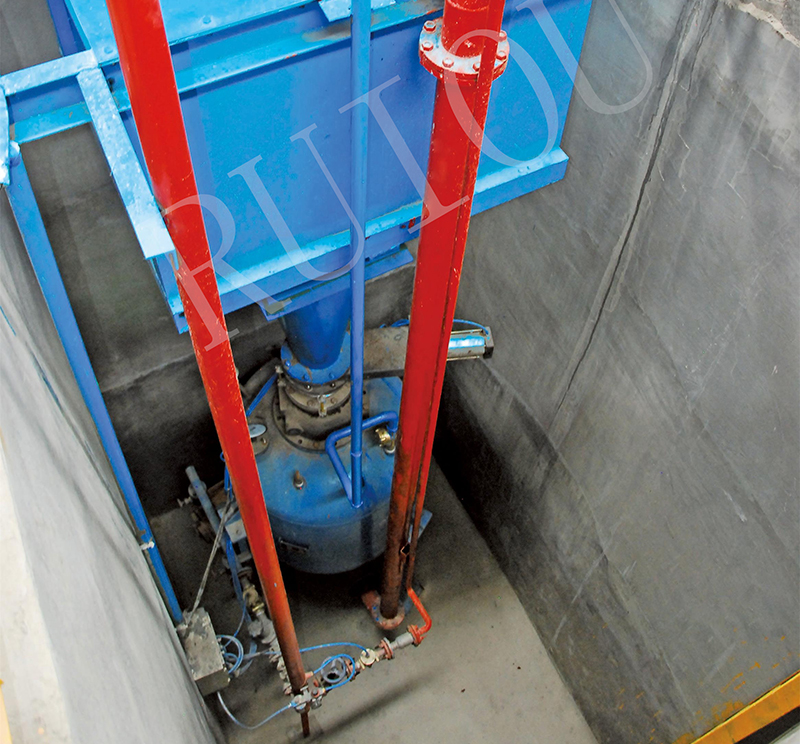Mar. 28, 2024
A pneumatic sand conveying system operates on the principle of using air pressure to transport sand from one location to another. This system is commonly used in industries such as construction, foundries, and manufacturing, where the efficient transfer of bulk materials like sand is essential. Here's how a pneumatic sand conveying system works:
1. Sand Collection: The process begins with the collection of sand from a source, such as a storage silo, hopper, or container. The sand is typically loaded into the conveying system through an inlet port or feeder mechanism.
2. Air Supply: A compressor or blower generates compressed air, which serves as the driving force for the pneumatic conveying process. The air is typically filtered and dried to ensure optimal performance and prevent contamination of the sand.
3. Conveying Pipeline: The compressed air is directed into a conveying pipeline or duct system that extends from the source of the sand to its destination. The pipeline is constructed of durable materials capable of withstanding the abrasive nature of sand particles.
4. Air-Sand Mixture: As the compressed air flows through the pipeline, it creates a low-pressure region that induces suction. The sand particles at the inlet are drawn into the airflow and entrained within the moving air stream, forming a dense, high-velocity mixture of air and sand.

5. Transportation: The air-sand mixture travels through the conveying pipeline at high speed, propelled by the force of the compressed air. The velocity of the airflow is carefully controlled to ensure optimal transportation of the sand while minimizing particle degradation or abrasion.
6. Separation: Upon reaching the destination, the air-sand mixture enters a separation chamber or receiver vessel designed to separate the sand from the airflow. The velocity of the airflow decreases as it enters the chamber, causing the sand particles to settle out due to gravity.
7. Sand Discharge: Once separated from the airflow, the sand particles accumulate at the bottom of the receiver vessel or collection point. From there, they can be discharged through an outlet port or conveyor belt for further processing, storage, or distribution.
8. Air Recycling: The separated air is typically recirculated back to the compressor or blower for reuse in the conveying system. This closed-loop configuration minimizes energy consumption and ensures efficient operation of the pneumatic sand conveying system.
In summary, a pneumatic sand conveying system utilizes compressed air to transport sand from a source to its destination through a network of pipelines. By harnessing the power of airflow, this system offers a versatile and efficient solution for conveying bulk materials in various industrial applications.
368
0
0
All Comments (0)
If you are interested in sending in a Guest Blogger Submission,welcome to write for us!
Comments